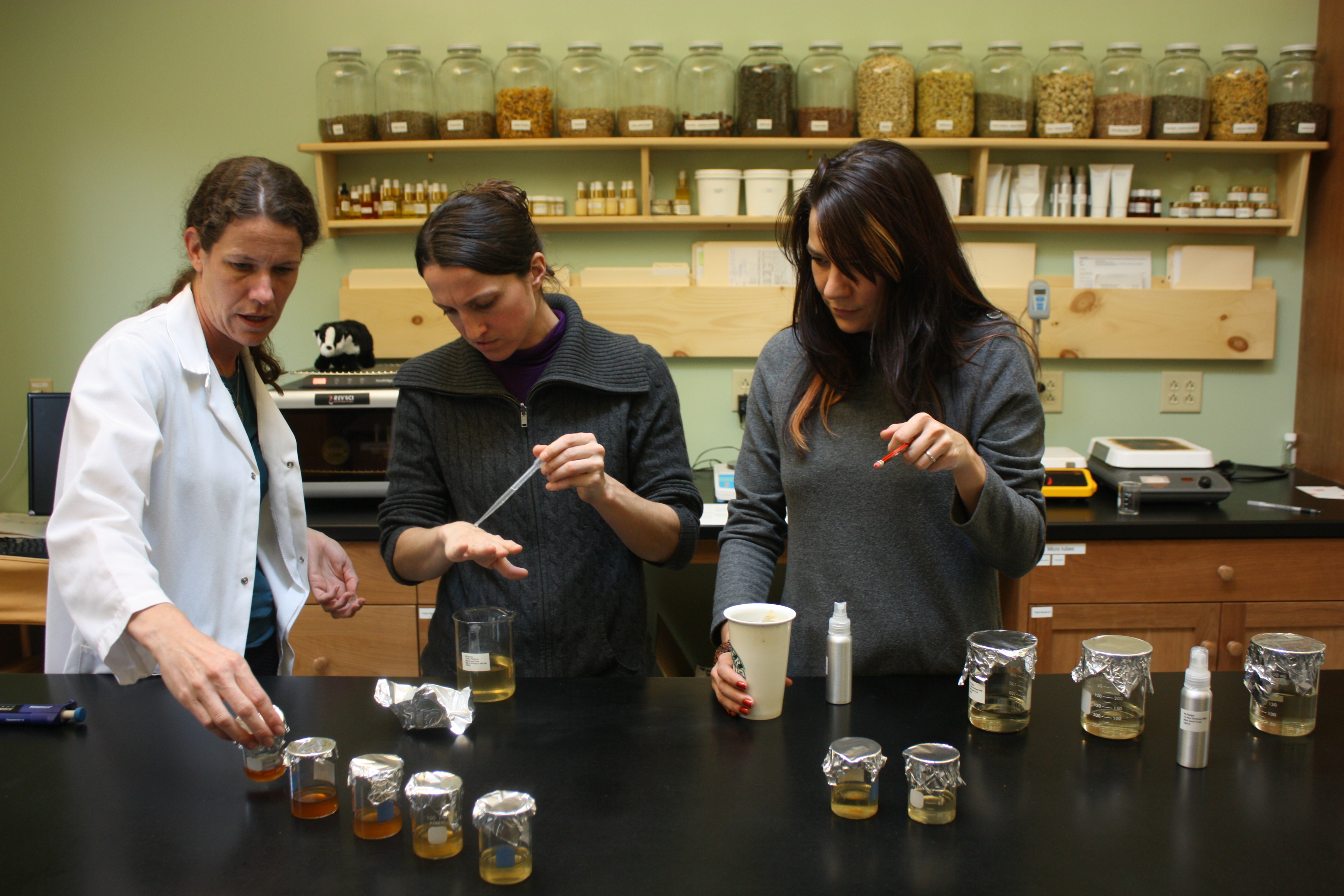Welcome back! It is time for our Spotlight series. Today we will be featuring a New Hampshire based B Corp that we had the pleasure of getting to know through amazing online Twitter chats. We chatted up PR and Social Media manager, Jentri Jollimore, and got a some great insights. In this interview you will see how B Corp has the power of changing business relationships and how striving to work for better companies has become a common path to follow.
Tell us a little bit more about Badger Balm and the story behind the company.
Badger Balm started about 20 years ago when Bill Whyte was a carpenter building sustainable housing in New Hampshire. His hands were cracked, rough, and even bleeding! He concocted a balm to soothe his hands and a business was born. (You can read a longer version of the story here.)
We’ve grown into a company of about 70 people, and we manufacture almost all of the products here in Gilsum, New Hampshire. We are a USDA certified organic company, and we use only the highest quality, sustainably sourced ingredients.

In addition to making awesomely natural products, Badger also focuses on social responsibility. Every employee is offered a free organic lunch every day, and the company has a Babies at Work program and off-site, affordable child care.
What is your roll in the organization and what interested you in joining a “good company”?
I am Badger’s PR & Social Media manager, and most of my time is spent in the digital realm connecting with our customers and spreading the word about B Corps. I was interested in joining the Badger team because it’s important to me to work for a company that is aligned with my beliefs.
First off, congratulations on making the B Corp “Best for the Environment” list! Why did Badger Balm become a B Corp and what are the benefits the certification brings to the company?
Thanks for the congrats!
I believe Badger’s primary motivation for becoming a B Corp was measurement. From the beginning of Badger’s existence to the present Bill, Katie, Rebecca and Emily (family-owners) were focused on being sustainable and socially responsible. But there comes a point when you say, “ok, what’s next?” The B Corp certification provided not only a benchmark, but a group of like-minded businesses to share ideas with. Its collaborative system, and I think it’s a really healthy way to do business. Badger’s mandate has always been “Healing Products, Healthy Business” so from the beginning being a B Corp was a perfect fit.
Now that you guys have been a B Corp for a while what are the values you’re seeing for your business?
We’re growing as a business, and I believe having a structure around how we grow is helpful.
From my end it’s very helpful with customer communications. There’s a lot of jaded folks out there who are being over-marketed to. And since being “green” and “sustainable” has become big business, it’s become increasingly difficult for sincere little companies to communicate to them that we are the real deal. B Corp certification helps with this. Of course as the B Corp certification is still relatively new and requires a little education – but that’s win-win. Customers learn that we are a great company that is actually transparent, and they learn that there are many other businesses and services out there who are also working for the greater good.
“Business” is not a bad word. But there are businesses that could do better for their communities and the world at large. It’s up to public demand to determine this. And it’s up to the public to demand that these businesses not only tell us that they’re doing good, but to prove it by being totally transparent. So by encouraging Badger customers to learn about and support B Corps, we are doing our part to shift the tides a little.
How has the B Corp community affected how you do business and how do you interact with other like-minded companies?
Certainly we try to connect and source materials and services from other B Corps.
I like to connect with other CPG B Corps and spread the word through fun stuff like social giveaways. We recently did a spotlight and giveaway on Cuppow, which is a really cool company from nearby Somerville, MA. I’m a big fan of comradery in business – so we’ve even partnered with other body care companies like S.W. Basics to promote the B Corp movement on social media. It’s fun, which makes it more engaging.

Can you share a few next steps you guys are taking towards using business as a force for good?
We’re having a supplier’s day – well, 2 days actually – next week! I’ve attached the press release, but in short we’re inviting our partners here to encourage them to become part of the B Corp movement. I think that is one of the biggest impacts we can make as a company right now.
There you have it! Thank you Jentri, for taking the time to answer our questions and being a part of our blog. Don’t forget to check Badger Balm out on Instagram, Twitter and Facebook. Their website is pretty great as well.








